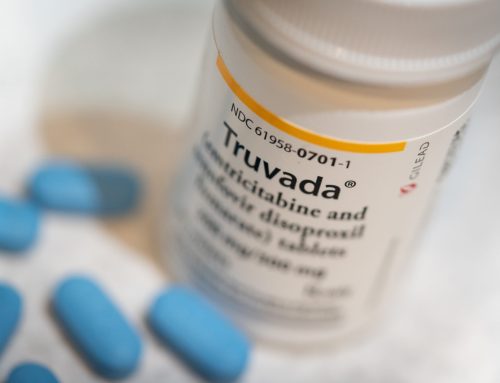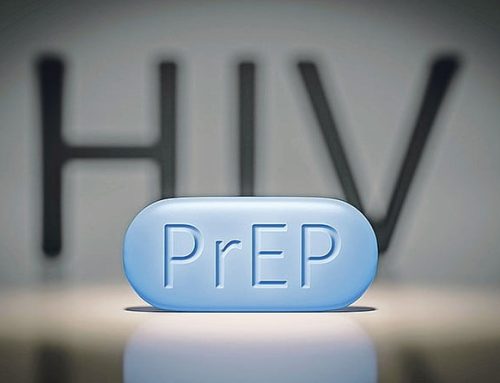PrEP, or pre-exposure prophylaxis, is an HIV prevention method in which people who don’t have HIV take HIV medicine to reduce their risk of getting HIV if they are exposed to the virus. Sounds complex right? Let’s break it down.
What is HIV?
HIV is a virus that can be transmitted through bodily fluids such as blood, semen, pre-cum, rectal fluids, vaginal fluids, breast milk, etc. One of the most common ways HIV is passed from person to person is via vaginal or anal sex (and to a lesser extent, oral sex) with an HIV-positive person. HIV damages a person’s immune system, and as a result, they have a harder time fighting off infections. Treatment for HIV can keep the level of the virus so low that it can’t be detected by a blood test. Without treatment, levels of the virus can seriously damage a person’s immune system, leading to late-stage HIV or acquired immunodeficiency syndrome (AIDS), a life-threatening condition.
HIV Prevention and PrEP
PrEP is a daily pill taken to lower a person’s risk of getting HIV.
The anti-HIV drugs in PrEP stop the virus from replicating in your body. If you are exposed to HIV, for example during sex without a condom, but have been taking PrEP correctly, there will be high enough levels of the drugs to prevent you from getting HIV. If used consistently and correctly, PrEP will virtually eliminate the risk of you becoming infected with HIV.
If you take PrEP, do you still need to use condoms?
PrEP will protect you from HIV, but it doesn’t give you any protection against sexually transmitted infections (STIs). Using a condom is the best way to prevent other STIs such as gonorrhea, chlamydia and hepatitis C. PrEP also doesn’t prevent pregnancy.
Click here to learn more about PrEP and book an appointment with a doctor to start taking PrEP.


